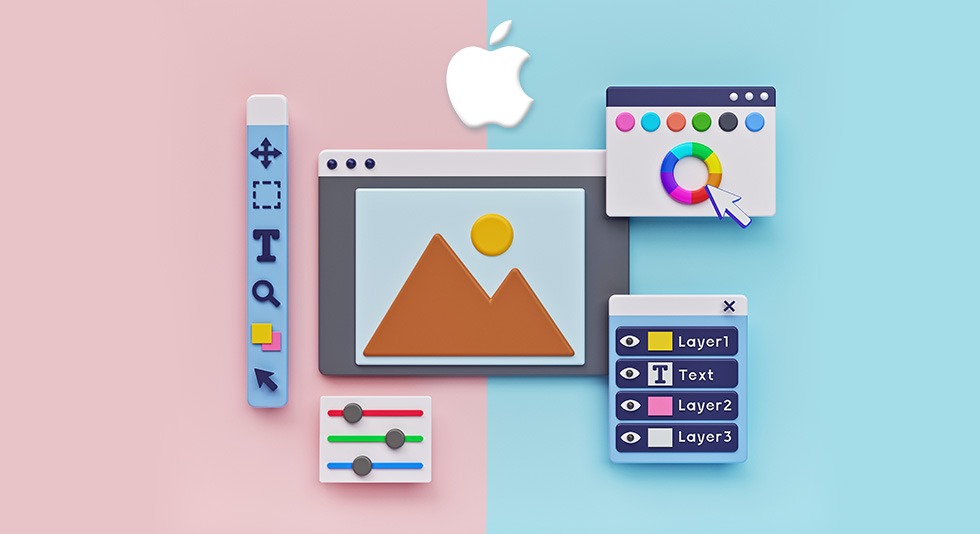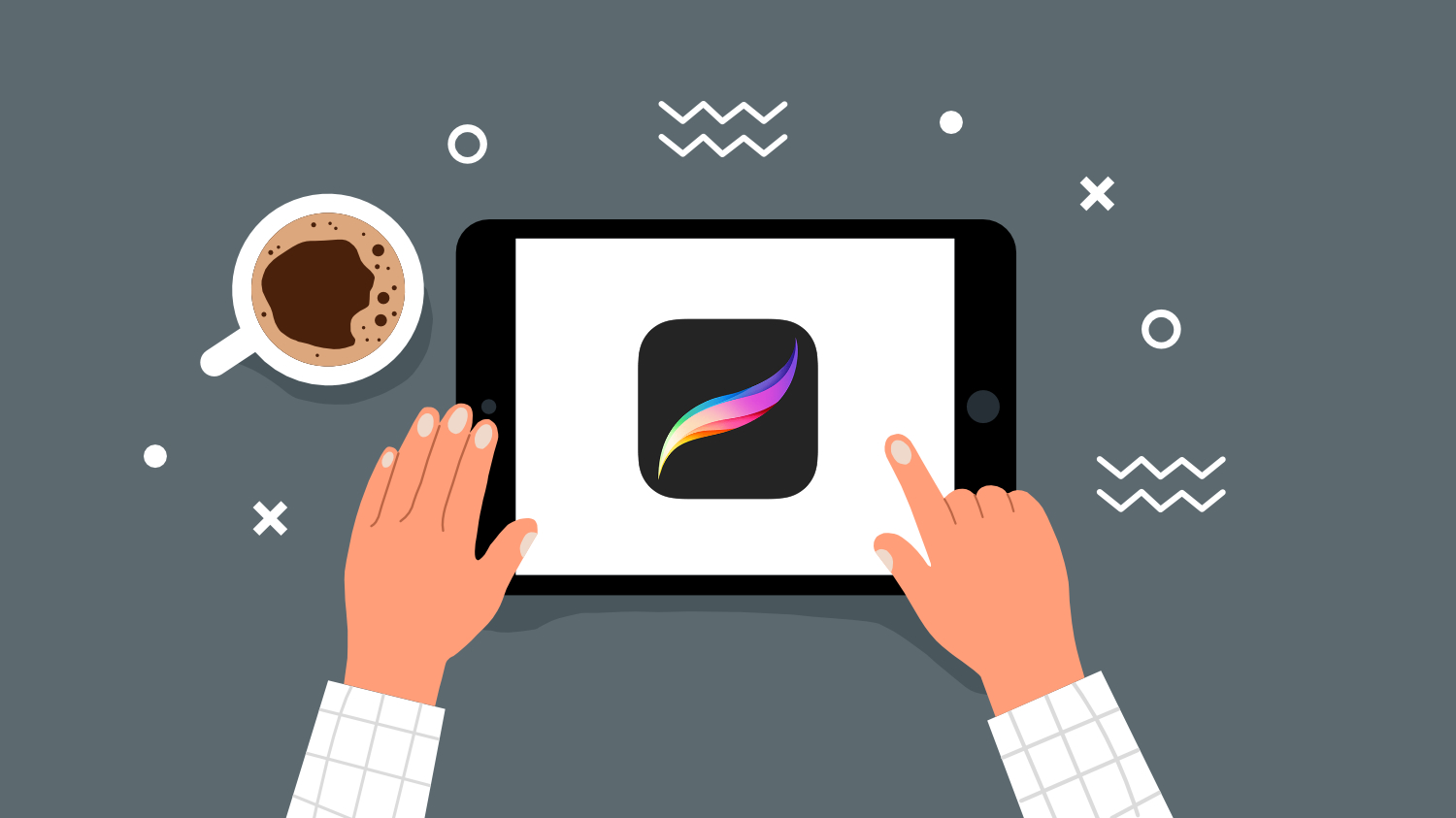Most Common Image Extensions Explained

As the internet has evolved, images have become an integral part of online content. They play a crucial role in making websites visually appealing, engaging, and informative.
However, not all image file extensions are created equal. Understanding the different types of image file extensions and their advantages and disadvantages can help you optimize your website for search engines and improve user experience.
JPEG (Joint Photographic Experts Group)
JPEG is the most commonly used image file extension on the web. It is a lossy compression format that can reduce the file size of images without significantly affecting the quality.
- JPEG is ideal for photographs and images with lots of colors and gradients, as it can handle them well. However, the compression can result in a loss of quality over time, which is why it’s not recommended for images that need to be edited or resized frequently.
PNG (Portable Network Graphics)
PNG is another popular image file extension that is widely used on the web. It is a lossless compression format, which means it doesn’t compromise the quality of the image.
- PNG is ideal for images with transparency, like logos and icons. It also supports a wide range of colors, making it suitable for images with a lot of detail.
GIF (Graphics Interchange Format)
GIF is a type of image file extension that is commonly used for animated images. It is a lossless compression format that supports transparency and up to 256 colors.
- GIFs are ideal for short animations and simple graphics, but they are not suitable for complex images or photographs.
WEBP
WEBP is a relatively new image file extension that is designed to provide better compression and superior image quality. It is a lossy and lossless compression format that supports both static and animated images.
- WEBP is ideal for images that need to be optimized for the web, as it provides smaller file sizes without compromising the quality of the image.
SVG (Scalable Vector Graphics)
SVG is a vector-based image file extension that is ideal for images with simple shapes and lines. It is a lossless compression format that can be scaled up or down without compromising the quality of the image.
- SVG is ideal for logos, icons, and illustrations, as it provides a high level of detail and sharpness.
In conclusion, understanding the different types of image file extensions and their strengths and weaknesses is essential for optimizing your website for search engines and providing an excellent user experience.
By choosing the right image file format for your content, you can ensure that your images look great, load quickly, and provide the necessary information to your visitors.

The iPad Pro has grown far beyond its humble beginnings as a simple tablet. With its raw power, expansive displays, and the increasingly…

Procreate has become a digital art powerhouse, empowering artists of all levels to unleash their creativity on iPad screens.But for newcomers, the…

